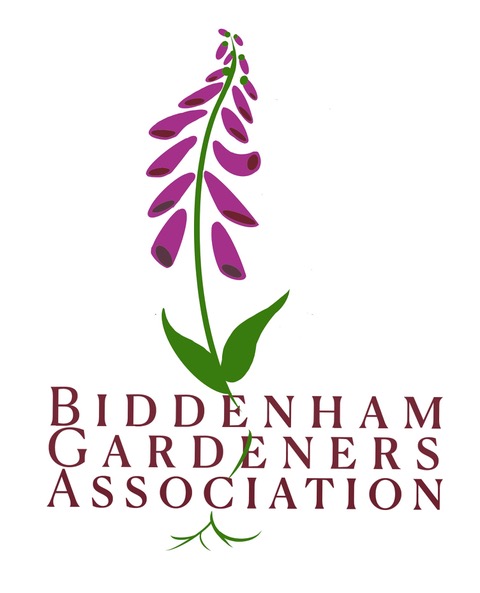Geoff Hodge
21 May 2024
 Geoff is a freelance gardening writer, editor and broadcaster who specialises in pests and diseases, vegetable gardening, pruning and propagation. His interest in growing vegetables started at the age of 14 when he began growing leeks in his mother’s garden in Wales. He peppered his talk with amusing anecdotes from his broadcasting and judging days.
Geoff is a freelance gardening writer, editor and broadcaster who specialises in pests and diseases, vegetable gardening, pruning and propagation. His interest in growing vegetables started at the age of 14 when he began growing leeks in his mother’s garden in Wales. He peppered his talk with amusing anecdotes from his broadcasting and judging days.
Geoff began his talk by dispelling the myth that a large garden is required to grow vegetables. Many vegetables are attractive plants and can happily be grown amongst flowers in the borders. In fact mixing flowers and vegetables can help to confuse pests and therefore keep plants healthy. Raised beds are a very good way to grow vegetables as the gardening is at a good height and the beds can be filled with excellent fertile compost. Every variety of vegetable can be grown in a pot or window box with the container size dependant on the root requirement of the particular plant. Commercially grown vegetables lose flavour on their sometimes lengthy journey to our shops and homes so home grown will always taste better.
Geoff told us that clay soil is best for growing as it holds on to water, nutrients and beneficial bacteria better than lighter sandy soils. All soil can be improved by adding bulky organic matter, sharp gritty sand and an agent such as agricultural/horticultural gypsum, calcified seaweed or garden lime.
Geoff advised on planning carefully both for succession and the amount of harvest required. Timing for sowing is critical as seeds require a minimum soil temperature of 7 degrees Celsius to germinate. Warming the soil under clear polythene or cloches for a couple of weeks can enable earlier sowing. Seeds should be sown thinly to avoid wasting plants and damaging the roots when thinning out. Geoff recommended station sowing, ie sowing two seeds together every few inches and then keeping only the healthiest plants. The young plants are best potted on to cell trays to keep them separate and protect their roots. A useful tip was keeping young tomato plants in small 9cm pots until they produce their first flowers before potting on to a large pot or the garden. This will later produce more flowers and hence more fruit.
Geoff finished his talk by emphasizing how important it is to try to be consistent with watering and feeding so as not to stress the plants, eg bolting, blossom end rot and splitting in tomatoes. Plant halos are a useful aid to assist feeding and watering crops such as tomatoes, peppers and beans.
Many thanks to Geoff for his informative and entertaining presentation.
Please join us again on 18th June when Simon White will be telling us all about the Highlights of Chelsea and Hampton Court.



